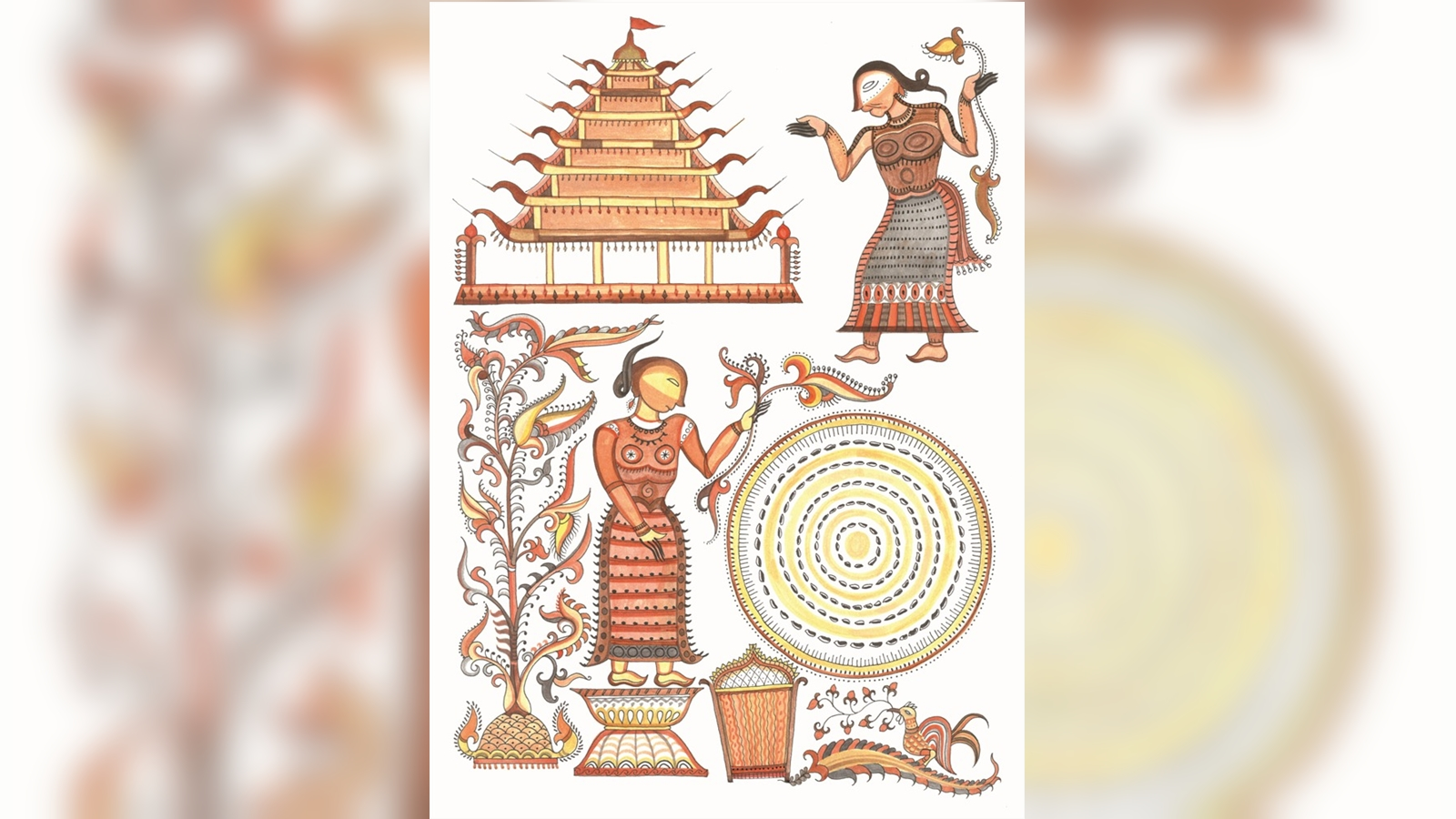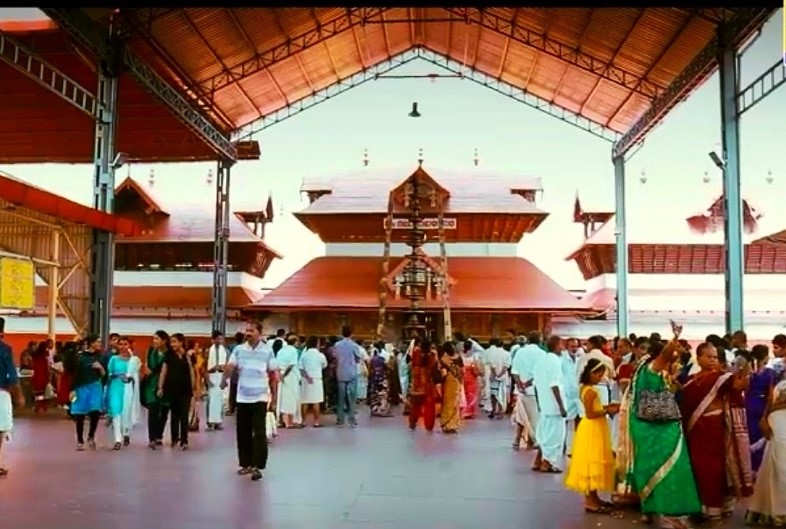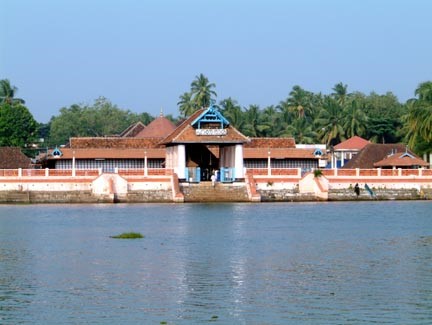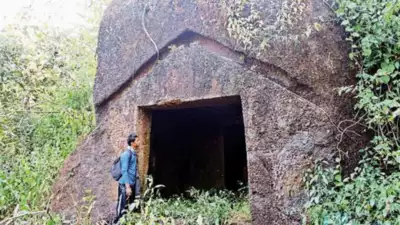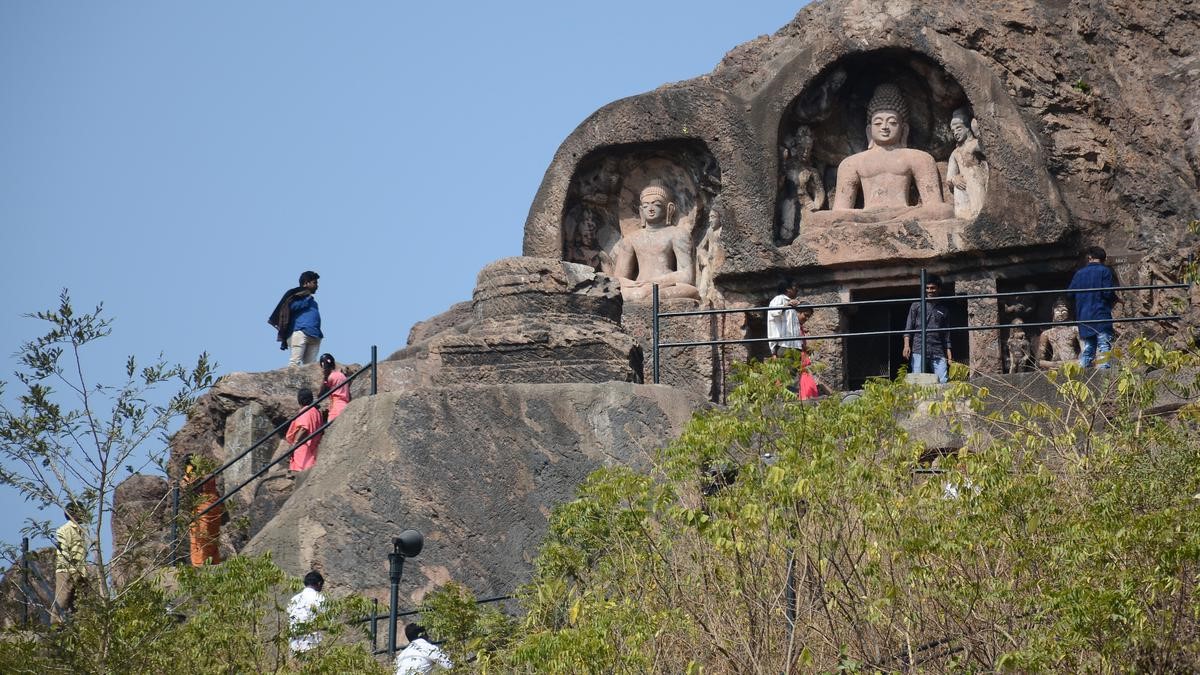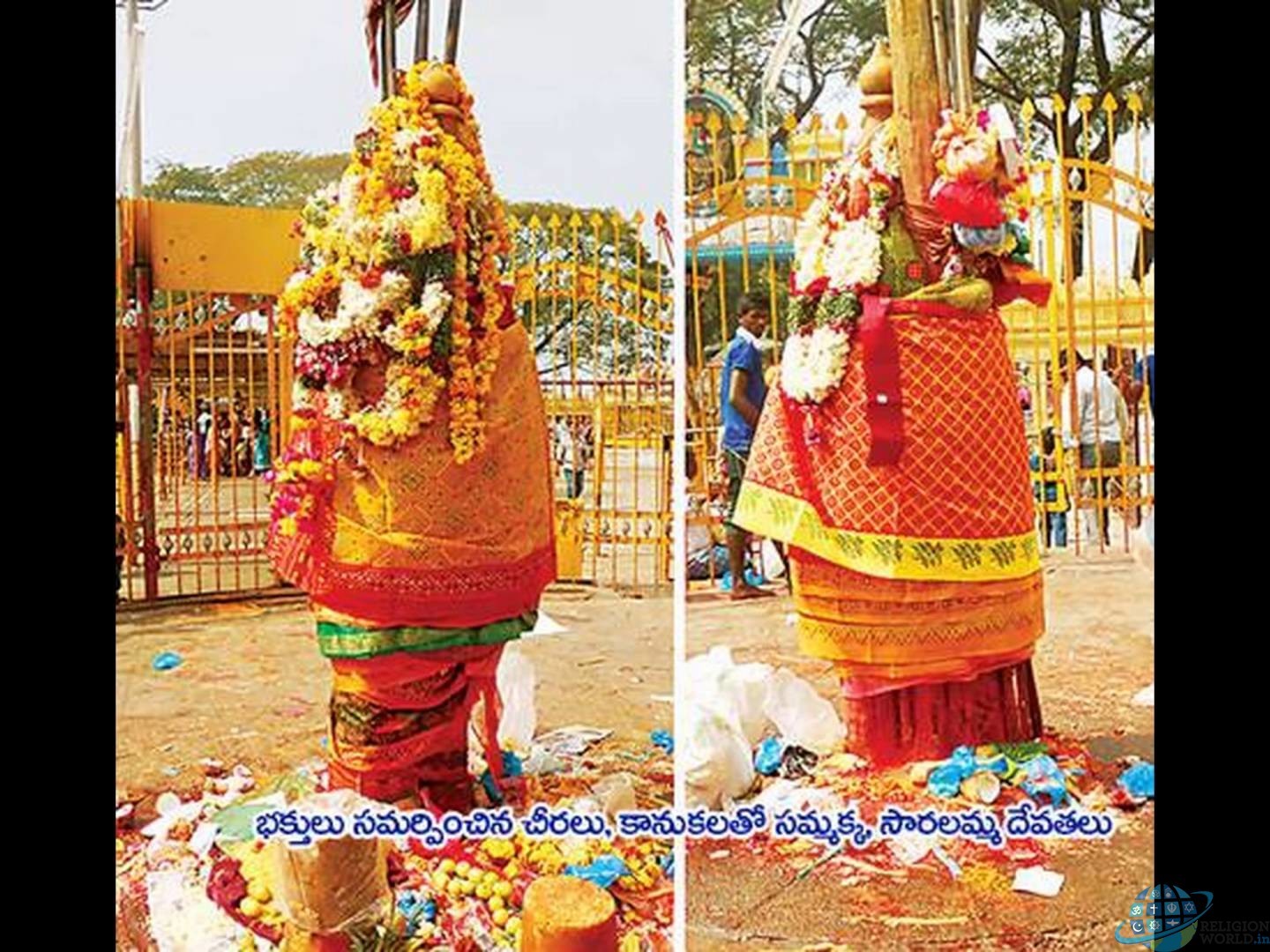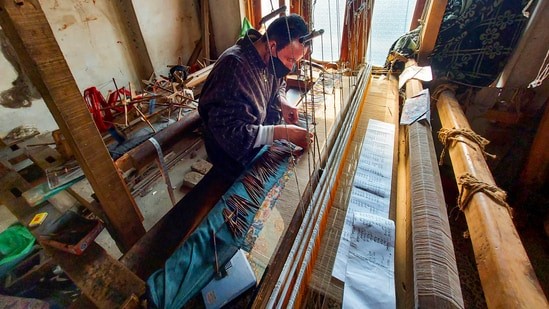Description
Context: Port City's famous 'Erra Matti Dibbalu' (Red sand dunes) that was declared as a Geo Heritage Site by the Geological Survey of India in Visakhapatnam on April 16, 2016.
- Geological sites are a record of important geological phenomenon that are a key to trace the evolutionary history of earth and its changing processes
- The term geological heritage is used for natural geological or geo-morphological features that have aesthetic, intrinsic or scientific and educational value, that provide unique insight into geological processes affecting the formation or evolution of Earth.
- Culturally significant geo heritage sites are places in which geologic features or landscapes played a role in cultural or historical events.
- Aesthetically significant geo heritage sites are landscapes that have a visual appeal because of their geologic features or processes.
- Geological Survey of India (GSI) declares geo heritage sites for protection and maintenance.
- Globally, geo parks are sustained through geo tourism activities like excursions, Nature trails, guided tours, hiking and academic meets.
- While there are 147 UNESCO Global geo parks spread across 41 countries, India is yet to have one of its own.
- The scope in India is immense — Visakhapatnam alone is replete with many unique sites.
- India is pushing to get recognition of a geo park for Visakhapatnam consisting of Erra Matti Dibbalu (red sand dunes), natural rock formations at Mangamaripeta, million-years-old Borra Caves and volcanic ash deposits said to have originated from the volcanic eruption of Toba in Indonesia 73,000 years ago near Araku.
- Among the 34 notified National Geological Heritage Monument Sites of India by the Geological Survey of India, is the Erra Matti Dibbalu
Erra Matti Dibbalu or coastal red sediment mounds
- It is located between Visakhapatnam and Bheemunipatnam.
- This stretch of sandy red dunes is a gift of Nature.
- The width of the dunes vary from 200 metres to two kilometres, spread across five kilometres along the coast.
- These rare sand dunes have an important and interesting history of evolution.
- These sand deposits have been reported only from three low latitude tropical regions in South Asia — the Teri Sands of Tamil Nadu, the Erra Matti Dibbalu in Andhra Pradesh and Red Coastal Sands of Sri Lanka.
- The red sand sediments of Erra Matti Dibbalu are unconsolidated and loose. “Every monsoon the sediments are washed away, turning the sea a bright red.
Man-made interference
Red sands are being exploited for construction activity.
Way forward:
- To engage the local community in becoming the custodians of this heritage site by making them understand the geological value.
- A gate, proper security, illumination, tourist safety team and guides are some of the measures that should be implemented.
- Further degradation due to human interference such as digging, climbing, littering are affecting their stability and exacerbating erosion.
https://www.thehindu.com/society/history-and-culture/saving-the-precious-geo-heritage-sites-of-visakhapatnam/article33117808.ece?homepage=true






